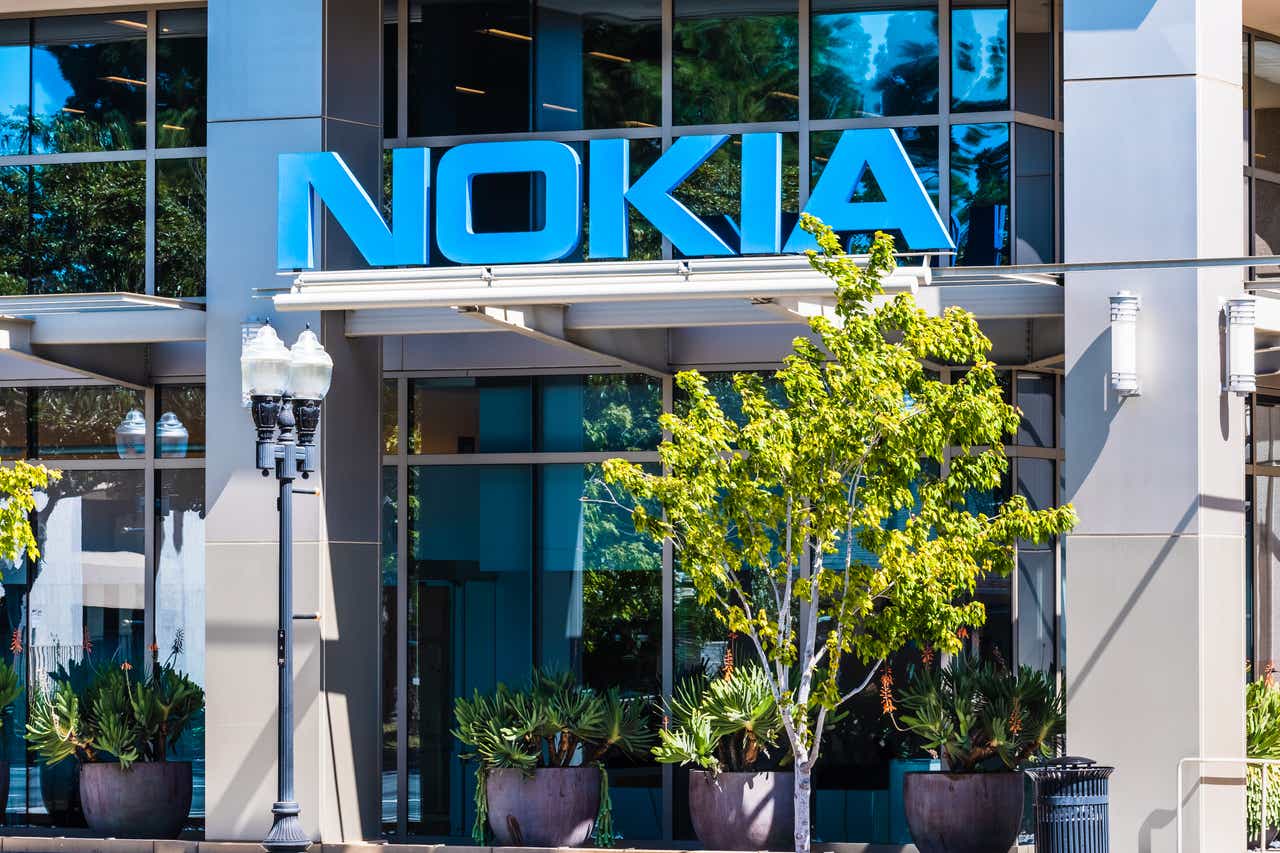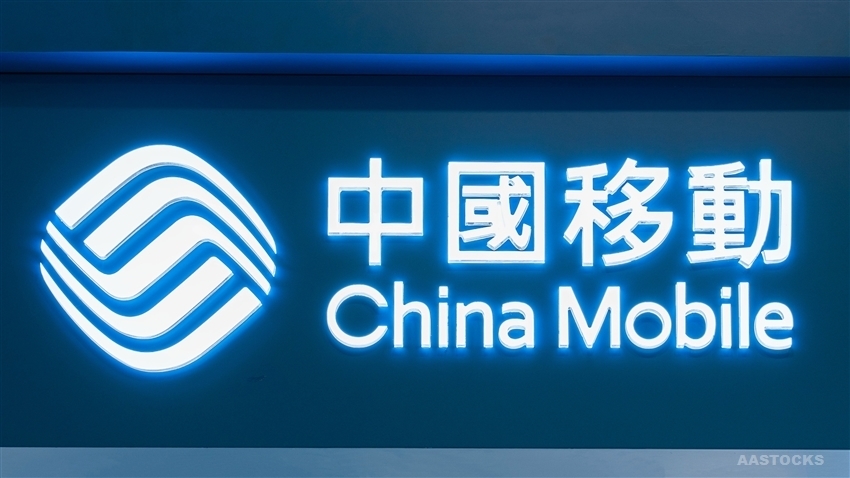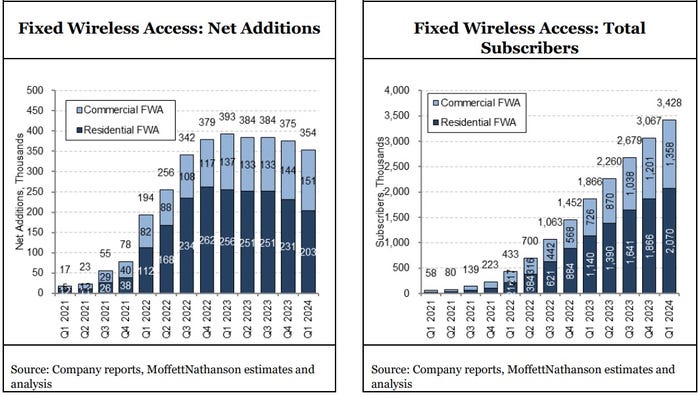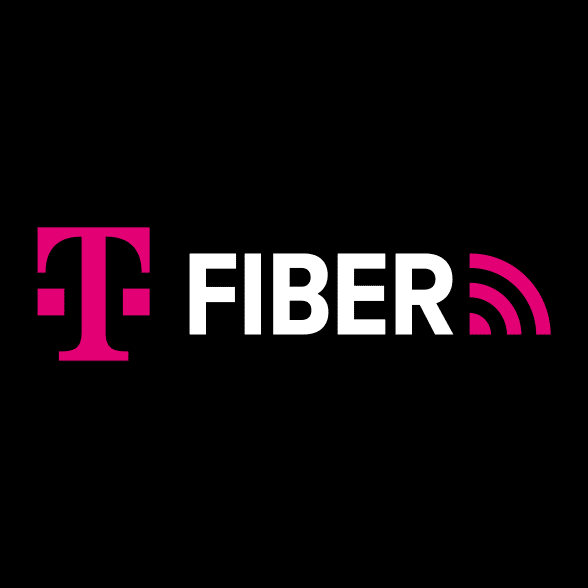On Wednesday April 17th, broadband officials and experts called for continued pressure to replenish the FCC’s Affordable Connectivity Program (ACP) [1.]. Some panelists during Next Century Cities’ bipartisan tech policy conference also urged community leaders to engage with their state broadband offices as NTIA approves states’ plans for the broadband, equity, access and deployment program.
Note 1. The Affordable Connectivity Program (ACP) is a benefit program from the FCC that helps households pay for broadband for work, school, and healthcare. The program is separate from the FCC’s Lifeline Program. The ACP is targeted at low-income families and individuals, and may include a one-time benefit of up to $100 for a phone or internet-capable device like a tablet, laptop, or desktop computer. The program also offers a monthly service discount and one device discount per household. ACP is scheduled to end the end of April 2024.

…………………………………………………………………………………………………………………………………………………………………………………………………………………..
The biggest challenge facing the broadband marketplace right now is “the potential end of ACP next month,” said Hayley Steffen, legal adviser to Commissioner Anna Gomez. Ensuring the program is funded and continues is Gomez’s “highest priority right now,” Steffen said. FCC Consumer and Governmental Affairs Bureau Chief Alejandro Roark agreed, noting the program has “accomplished more over the past two years to bridge our country’s digital opportunity divide than any other standalone effort in our nation’s history.”
Rep. Yvette Clarke, D-N.Y., is circulating a discharge petition (House Resolution 1119) in a bid to force a floor vote on her Affordable Connectivity Program Extension Act (HR-6929/S-3565), which would appropriate $7 billion to keep the ailing FCC broadband fund running through the end of FY 2024. ACP “has been a transformative force, empowering nearly 23 million American households in rural and urban communities with reliable, high-speed, and affordable broadband access,” Clarke said Wednesday in a statement. “To continue this progress, I implore my colleagues to join me by signing the discharge petition. This will ensure [HR-6929] receives the vote it deserves” on the House floor. “We cannot turn our back on the progress made in closing the digital divide,” she said.
“Advocating in numbers is powerful,” said TDI CEO AnnMarie Killian. ACP “really requires that we take a stance and bring forth the importance of digital inclusion for all,” Killian said. DigitalC CEO Joshua Edmonds agreed, but “at the same time, we should walk and chew gum here and look at the value and potential of community-based networks, too.”
Affordability is “a key factor” for individuals with disabilities who rely on broadband for telecom relay services, Killian said, and the end of ACP could have a “significant impact on our economically disadvantaged consumers.” Fort Collins, Colorado, Broadband Executive Director Chad Crager encouraged local officials to start considering “another solution” to addressing affordability in their communities if ACP ends. “We hope it’s renewed” and extended, Crager said, but “the reality will not be forever.”
“This really is the moment for us to not give up” on advocating for ACP’s future, Roark said. ACP has been the FCC’s “best and most successful” effort at broadband affordability, Steffen said. Many households enrolled in the program will be eligible for the Lifeline benefit should ACP end, she said, but Lifeline is “definitely no replacement for ACP.” Roark also encouraged discussions on “how potentially ACP could be integrated into the USF framework.
NTIA is “actively reviewing” states’ BEAD applications, Senior Policy Adviser Lukas Pietrzak said, noting that 48 states’ volume I proposals have already been approved (see 2403060046). “I have great expectations” for the states’ plans because “at the bare minimum, they did include Black community anchor institutions,” said Fallon Wilson, Multicultural Media, Telecom and Internet Council vice president-policy, citing states with several historically Black colleges and universities. The challenge now is ensuring the states’ plans are executed so that those institutions actually receive funding, Wilson said.
NTIA is also preparing to announce “in the next few weeks” how many applications it received for the second round of tribal broadband connectivity program funding, said Pietrzak. Projects funded by the middle-mile infrastructure grant program are “also starting to break ground in the spring and summer,” Pietrzak said, “which is exciting to see here.” He also noted that 20,000 devices have been distributed through the connecting minority communities program.
References:
https://communicationsdaily.com/article/view?search_id=853996&id=1940601
https://communicationsdaily.com/reference/2404100075?BC=bc_66205df7037e5
https://www.lexology.com/library/detail.aspx?g=aabc18cb-3e53-4085-bda8-42a894e71a08

















